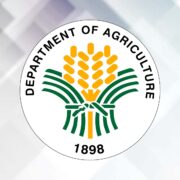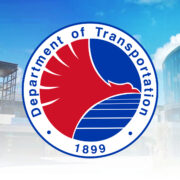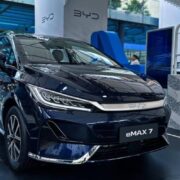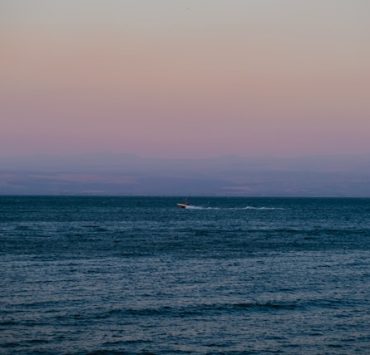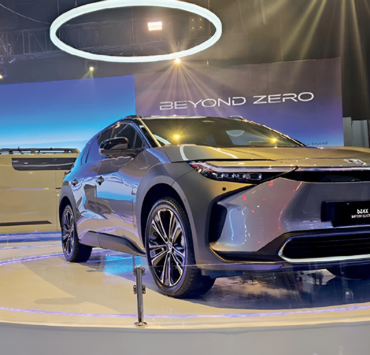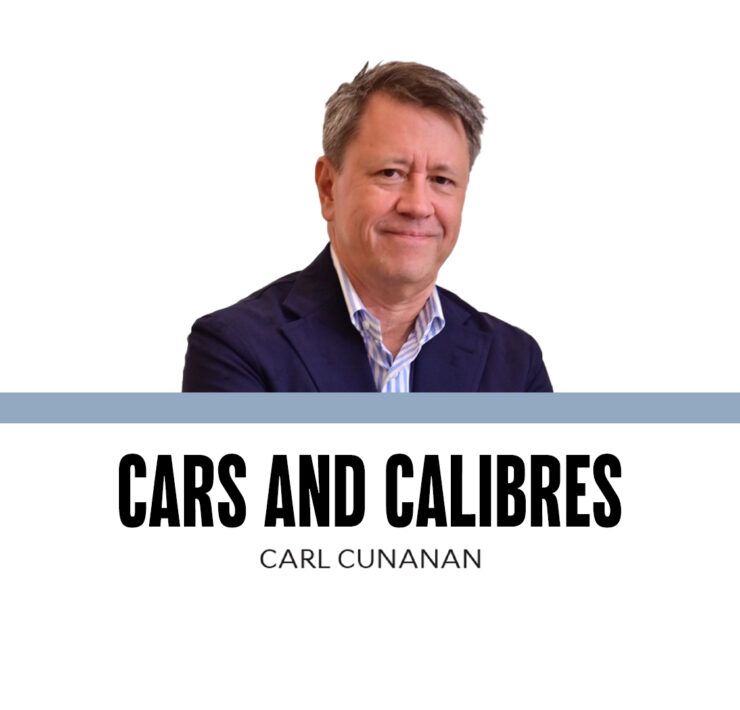How Toyota’s ‘Beyond Zero’ movement changes the way we move
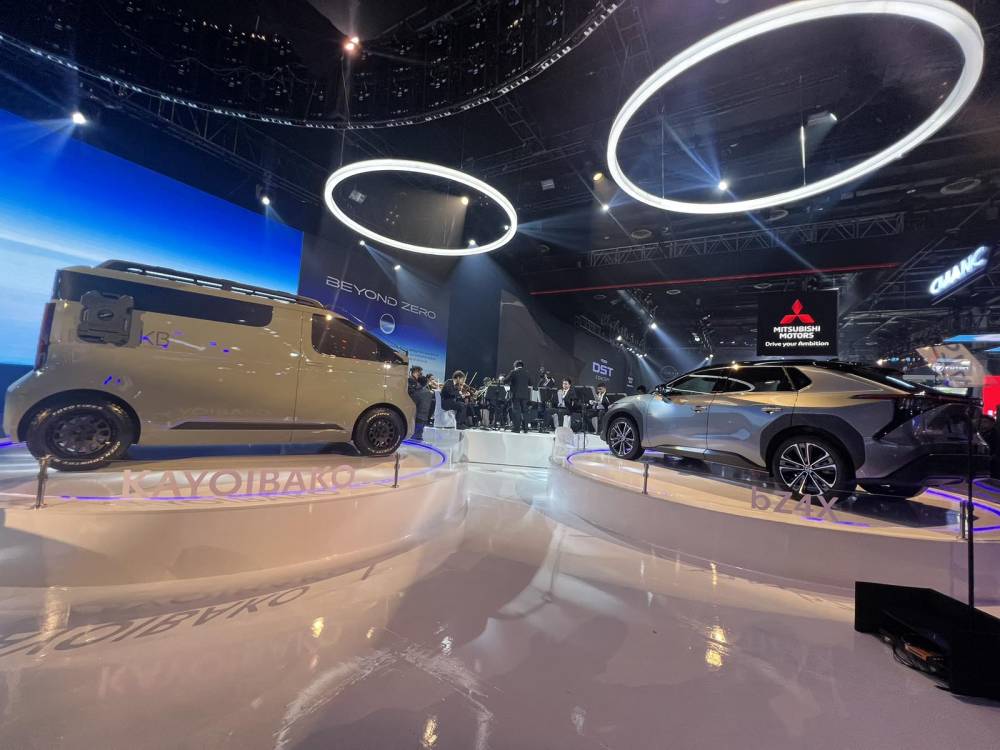
Being the world’s largest automaker may sound awesome, but it comes with a great responsibility.
That’s because automobiles contribute to the production of harmful emissions from when they’re being manufactured until they are out on our roads for up to decades. Of course, all this heavily affects our climate – a point that has been made painfully clear to us Filipinos with the destruction wrought by Severe Tropical Storm Kristine last week.
This is why Toyota Motor Corporation is pushing hard with its global ‘Beyond Zero’ project, which reached our shores at this year’s Philippine International Motor Show (PIMS). The carmaker said it is committed to achieving zero carbon-dioxide (CO2) emissions, in line with the Paris Agreement’s goal to cap the increase in global temperature to 1.5 degrees Celsius by 2050.
But the ‘Beyond’ part comes in through Toyota’s comprehensive efforts to reduce waste, conserve resources and make a positive impact on people and the planet. This has three pillars – Electrification, Diversification and Intelligence.
We explain how this project translates not only to cleaner and more fuel-efficient vehicles, but changes the way we move.
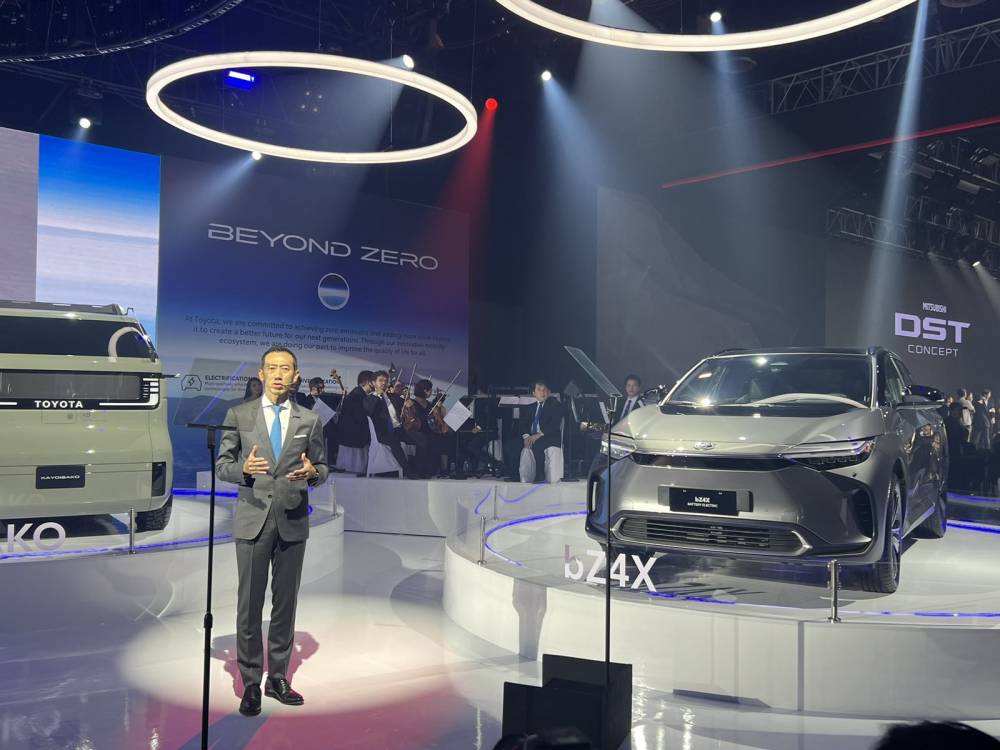
Not just BEVs
Toyota has long been renowned for its “multi-pathway approach” to electrified mobility, spearheaded by company chair, Akio Toyoda.
That’s because it believes that battery-electric vehicles (BEV) are not the “end-all, be-all” that other carmakers have been shoveling billions of dollars to develop (especially with BEV sales declining in various markets). Toyota said hybrid-electric vehicles (HEV) are the most practical in the Philippines, as of press time.
Indeed, the Electrification pillar of Beyond Zero indicates that internal-combustion engine vehicles using carbon-neutral fuel are a starting point for cleaner conventional transportation, with HEVs serving as the first step into electrification. Meanwhile, plug-in HEVs would work for luxury models, while BEVs would be more practical for city use and public transportation.
PIMS 2024 was also the chance for Toyota Motor Philippines (TMP) to showcase two BEVs – the Kayoibako concept van and the bZ4X crossover, the latter being available only through the gray market.
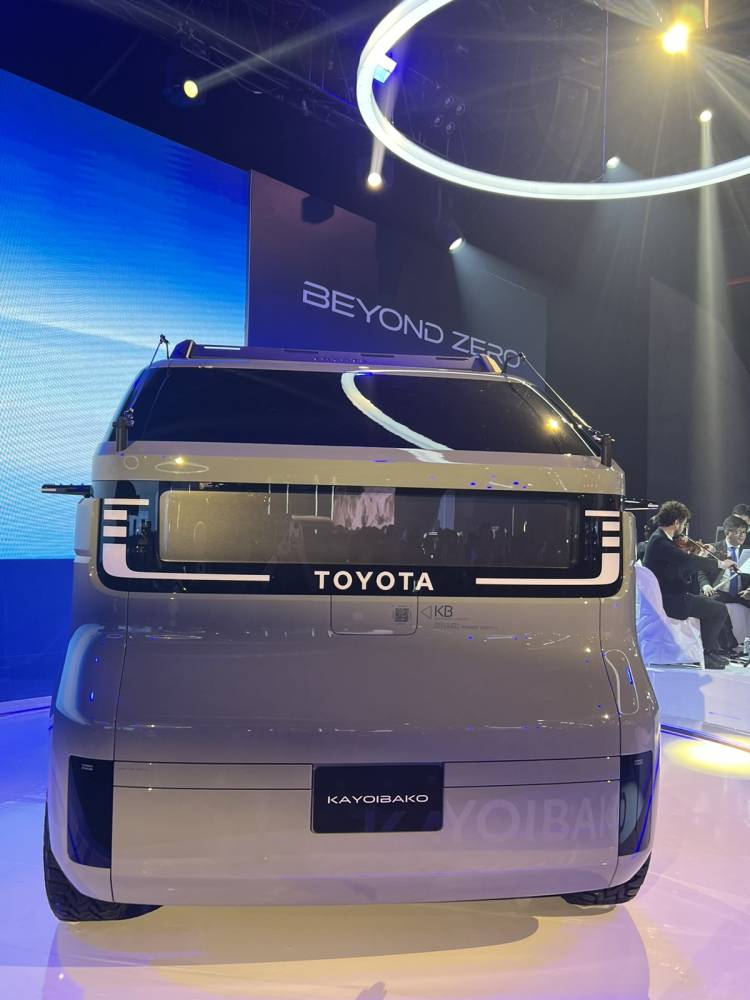
And then we enter the realm where Toyota has made serious headway – hydrogen power. This clean fuel can be used to power fuel-cell EVs or, in the case of the Corolla Cross H2 Concept also displayed at PIMS 2024, hydrogen-internal-combustion engines.
The company said the latter can be used in point-to-point logistics and ride sharing. Perhaps we’ll be seeing Lazada and Grab using hydrogen-powered cars in the coming decades?
Diverse energy sources
Beyond Zero’s second pillar, Diversification, outlines the various energy sources that Toyota would use, both in producing and fueling their vehicles.
“As we pursue a carbon-neutral future, it’s critical to recognize that there is no single solution when it comes to energy,” the carmaker said. “Same with the vehicle technologies, there are also multi-pathways in energy and each energy source has its strengths and role in the transition.”
These energy sources include biofuels as alternatives to renewable alternative fossil fuels, particularly in places where electrification is not yet fully viable. And then there’s solar, wind and geothermal energy that can decarbonize electricity generation compared to conventional coal-fired plants.
Toyota also said natural gas can complement renewable energy sources by providing back-up power when solar or wind power is not available, ensuring reliability in the energy grid. And finally, hydrogen can be used for heavy-duty transport and industries that are difficult to electrify.
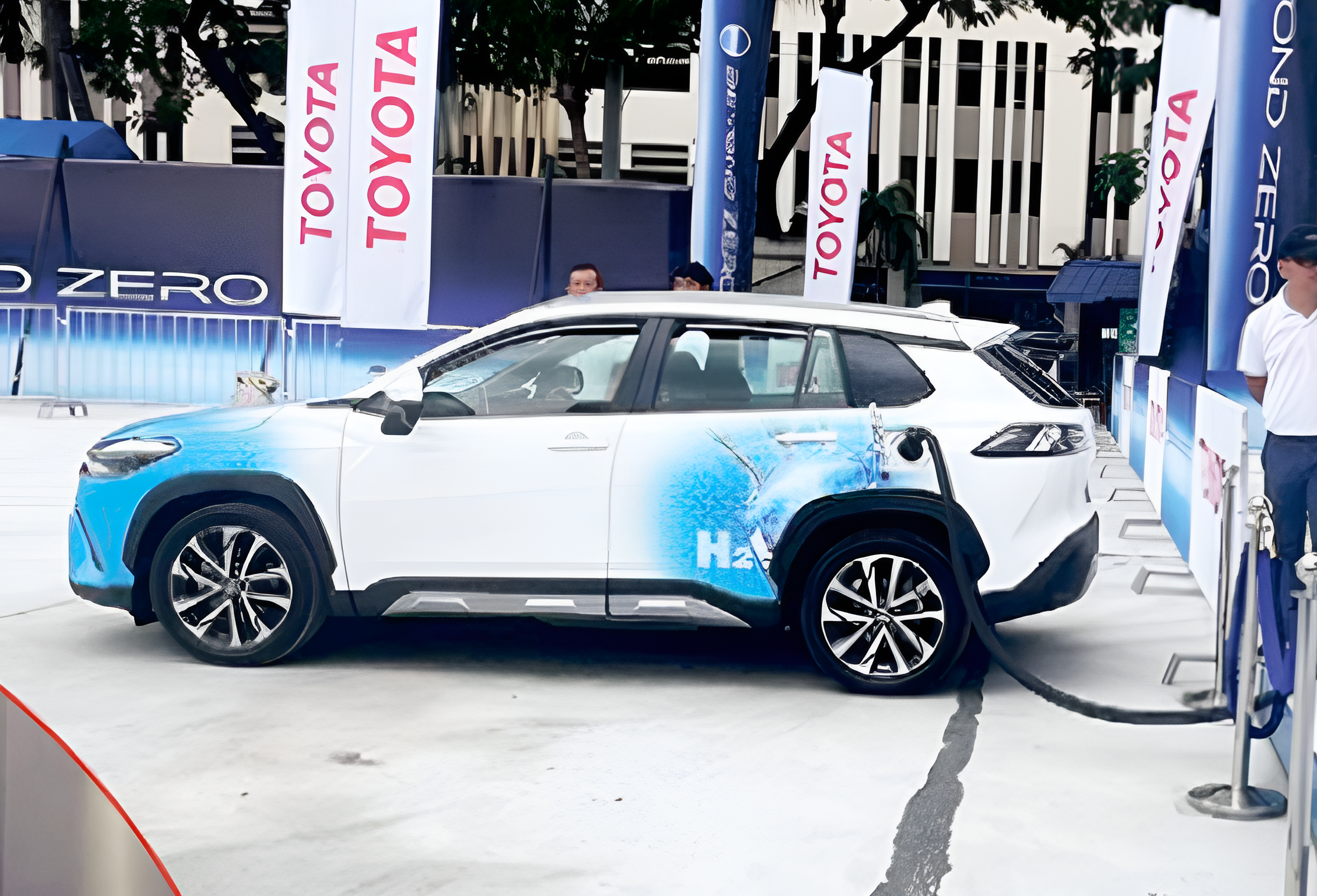
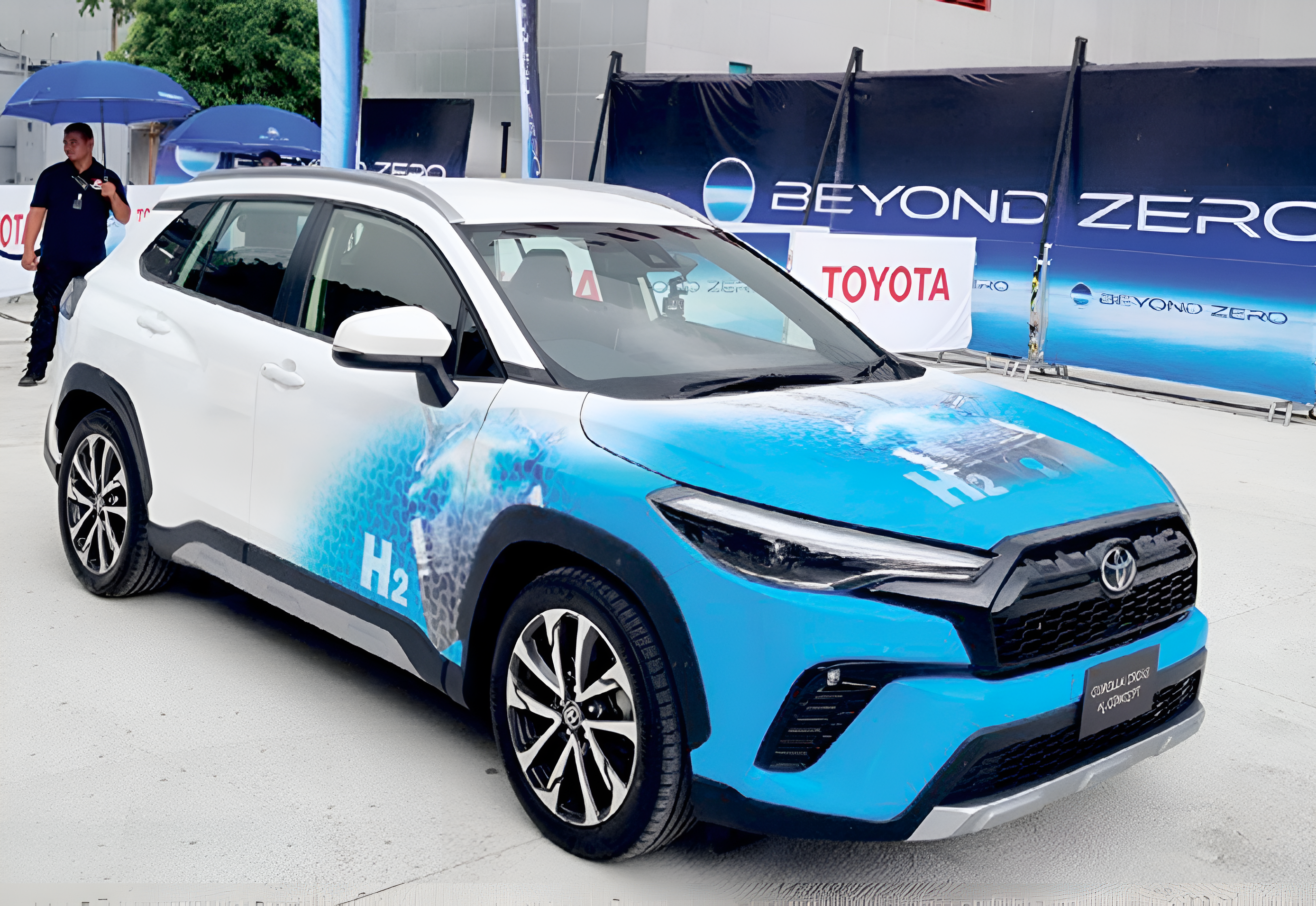
This push for multiple energy sources isn’t without merit as my esteemed colleague Tessa Salazar wrote in her interview with Toyota Motor Corporation chief scientist and executive fellow for research Gill Pratt on global lithium supply, which is used to produce batteries for electrified vehicles.
Citing science writer Seth Fletcher, she wrote that the rise of EVs could be “nothing but a headlong rush into dependence on yet another finite source, an addiction to oil traded for an addiction to lithium.” And we all know what happens to the price of something in short supply when everybody wants it.
In the case of TMP, Diversification includes the likes of the all-new Toyota Tamaraw that caters to the modernization of public-utility and commercial fleets in developing economies like the Philippines.
In addition, TMP offers energy-efficient models through its Toyota Rent-a-car and Kinto One lease programs that emphasize usership (where a vehicle must be returned after a fixed term) over ownership (where a vehicle is kept for several years).
The power of data
And so we come to Beyond Zero’s last pillar – Intelligence.
“In mobility context, data intelligence can provide opportunities for streamlining of movement – both people and goods, overall efficiency, and emission reduction,” Toyota said. “Similarly, solving climate requires greater climate awareness and consciousness, of which CO2 measurement is one of the first steps.”
This is why Toyota Motor Solutions Philippines, through its Fleet360 app, allows managers to monitor their fleet’s CO2 emissions. The technology also creates optimized routes that minimize energy consumption.
Besides this, TMP became a pioneer in end-of-life vehicle (ELV) management with the opening of the country’s first-ever dedicated ELV dismantler earlier this month. The facility, which is open to various car makes, aims to responsibly dispose and recycle automotive components that are potentially harmful to the environment.
TMP provides technical support (or Intelligence) for the dismantler in the areas of environmental compliance, facility design, dismantling methodology, equipment requirements and hazardous waste management. The plant is part of the Japanese carmaker’s global network of ELV dismantlers.
It seems Toyota has all the bases covered with Beyond Zero. Only time will tell if all these efforts can truly create a cleaner and greener world.


